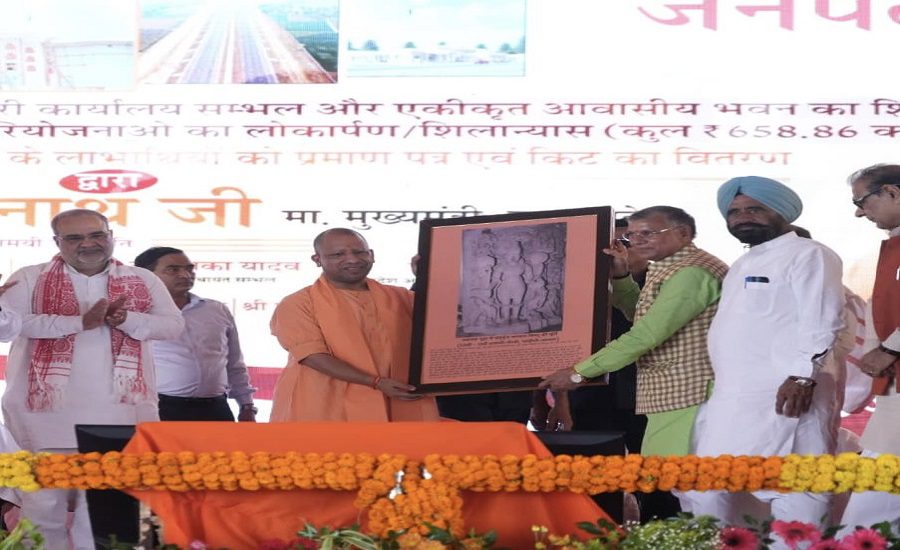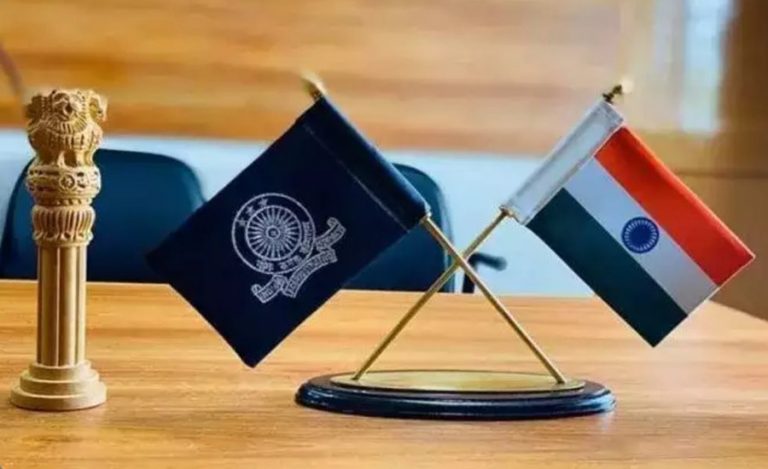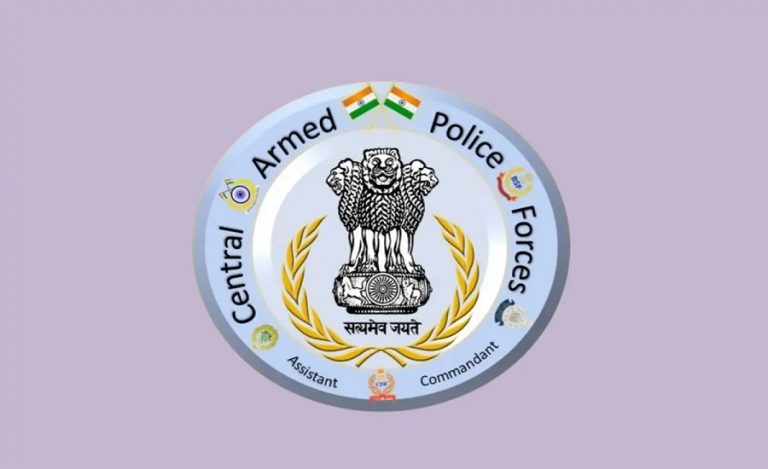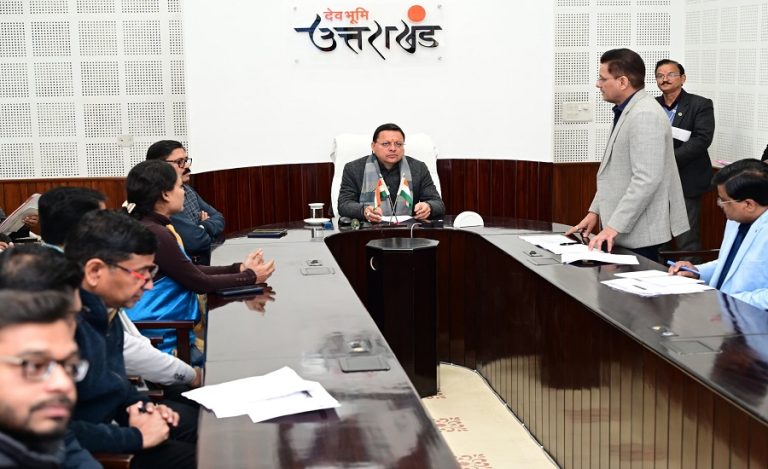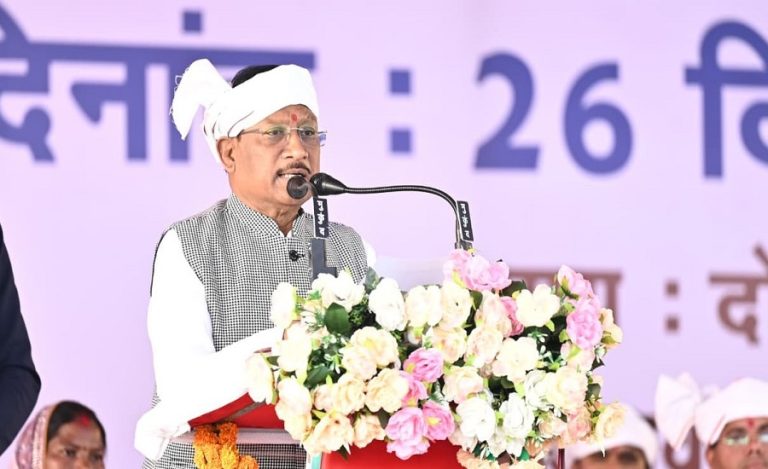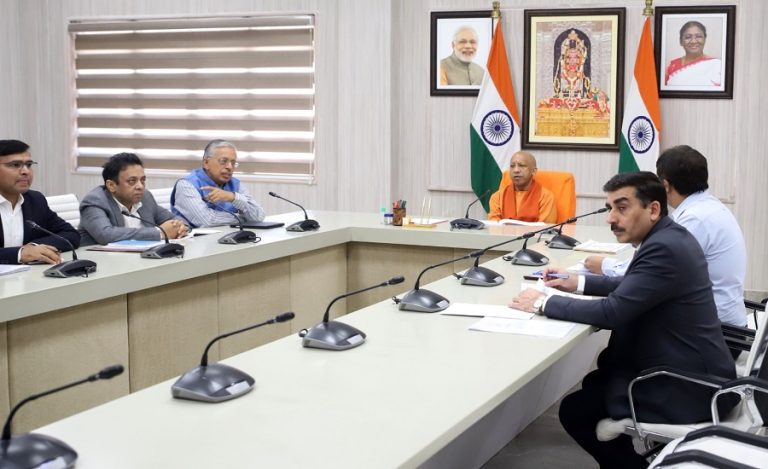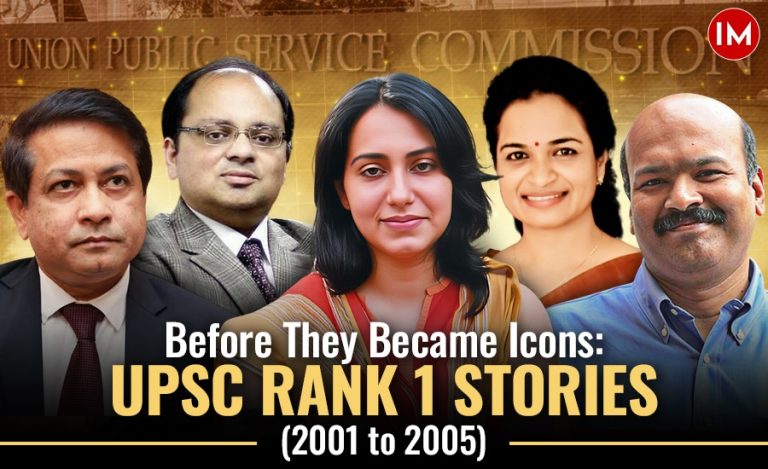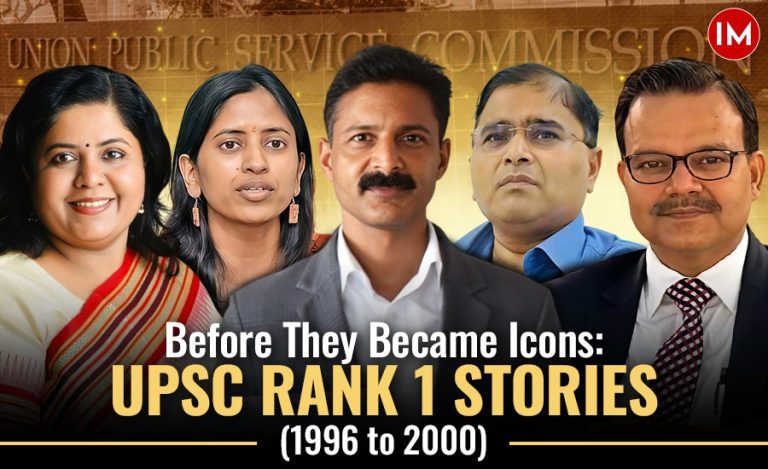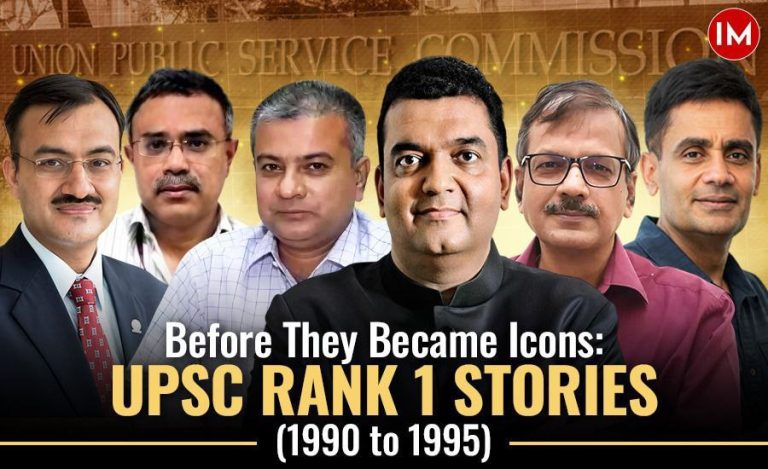Sambhal: In a bold blend of development politics and religious revivalism, Uttar Pradesh Chief Minister Yogi Adityanath visited Sambhal, unveiling a sprawling ₹659 crore investment across 222 development projects — and a fiery address that was as much about infrastructure as it was about identity, history, and reckoning.
More Than Bricks and Mortar
The announcements in Bahjoi included everything from new roads and Anganwadi centers to composite schools, vocational training facilities, and even the foundation stone for a District Magistrate Office and integrated residential complexes. The CM also launched the Sambhal Samvad App, distributed welfare benefits, and planted saplings — all under the banner of his “double-engine government.”
But it wasn’t just a ribbon-cutting ceremony. It was a cultural mission.

The Religious Renaissance
Describing Sambhal as a “symbol of Hindu faith,” CM Yogi declared an ambitious restoration of 68 ancient pilgrimage sites and 19 wells, once vital parts of the region’s spiritual geography.
“Foreign invaders tried to erase our heritage,” he said, accusing them of desecrating holy places and blocking sacred pilgrimage routes like the 24 and 84 Kos Parikrama.
He positioned the effort not as nostalgia, but a campaign for the future — comparing it to the temple restoration work done by Lokmata Ahilyabai Holkar.
Sambhal and the Kalki Prophecy
Taking a step into Hindu eschatology, CM Yogi highlighted Sambhal’s role in the Puranic texts, calling it the future birthplace of Lord Kalki, the tenth avatar of Vishnu.
“This is where Kalki will appear to end Kaliyug,” he told the crowd, quoting the Bhagwat Purana, Skanda Purana, and Vishnu Purana.
He also took a sharp dig at those who, he claimed, deliberately stir up controversy around Hindu traditions, warning them that any attempt to malign sacred heritage would be “crushed.”
A Political Flashpoint
The Chief Minister didn’t hold back when targeting the opposition. Accusing Congress and the Samajwadi Party of hiding “post-independence massacres” in Sambhal, he alleged:
“Congress orchestrated the violence, and SP protected the murderers.”
Calling it “vote bank politics,” he contrasted their past with his government’s claim of law and order, safety for women, and a crackdown on mafia rule. He repeatedly emphasized that Sambhal’s resurgence was not about politics, but about correcting historical injustices.
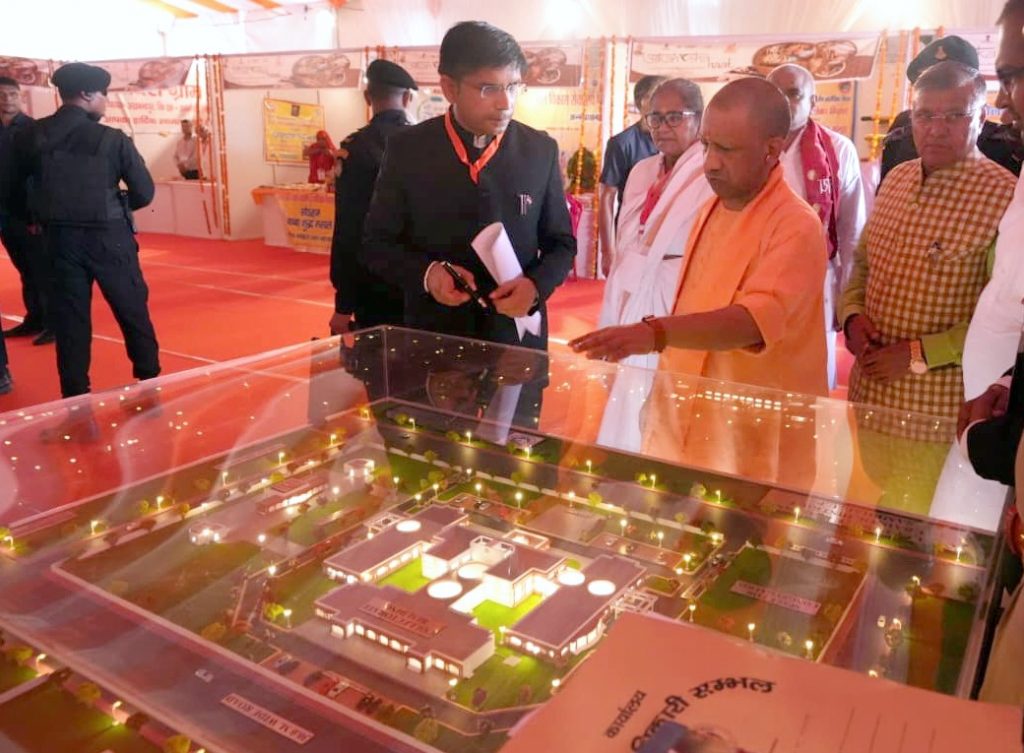
Jobs, Welfare, and “Mahakaal’s Effect”
Amid the symbolism, CM Yogi rattled off governance stats:
- 8.5 lakh jobs created over 8 years
- 60,200 police recruits added
- One District One Product scheme replacing mafia-run economies
He also spotlighted schemes offering free rations, housing, marriage grants, and healthcare access.
“Every daughter is safer, every trader is more secure — this is Mahakaal’s effect,” he said, evoking the fearsome divine force that, he claimed, now protects UP.
Call to Action
As India approaches a string of festivals — Raksha Bandhan (Aug 9), Independence Day (Aug 15), and Janmashtami (Aug 16) — Yogi urged citizens to hoist the tricolor in honor of PM Modi’s nationwide call.
He ended the event with symbolic acts: performing the Annaprashan Sanskar (first feeding ritual for infants), visiting an exhibition, and inspecting archaeological finds that reinforce the region’s ancient roots.
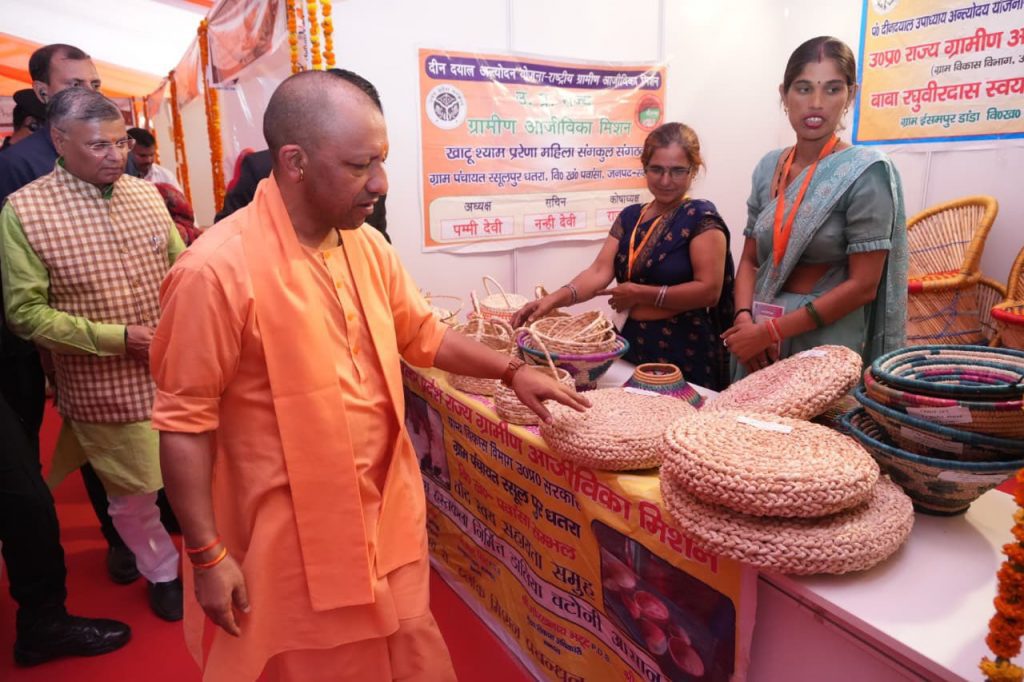
Bottom Line
With Sambhal’s spiritual importance, violent past, and developmental neglect all woven into one powerful narrative, CM Yogi’s visit was more than a policy announcement. It was a message — of revival, reckoning, and a political brand rooted in faith and strength.
As the crowd cheered, it was clear: Sambhal is no longer on the sidelines of Uttar Pradesh’s story.

